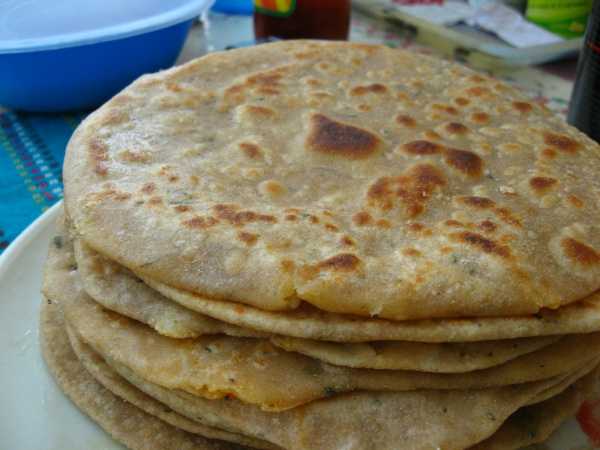Facts About Paratha
Paratha, a cherished flatbread from the Indian subcontinent, is a staple in countries such as India, Sri Lanka, Pakistan, Nepal, Bangladesh, the Maldives, and Myanmar. The term "paratha" originates from "parat" and "atta" meaning layers of cooked dough. You might encounter various spellings of the word, including parantha, parauntha, prontha, parontay, porota, palata, porotha, forota, and farata.
Parathas boast a rich history that stretches back centuries, even appearing in ancient texts. Initially, they often featured fillings like wheat puranpolis. Today, parathas are an integral part of Punjabi and North Indian cuisine, with fillings that range from potatoes and lentils to leafy vegetables and paneer. They are typically enjoyed for breakfast or as a snack and are often accompanied by butter, chutney, pickles, curries, or meat dishes.
The diversity of parathas lies in their fillings and preparation methods. Popular varieties include aloo paratha (potato-filled), gobi paratha (cauliflower-filled), and paneer paratha (cottage cheese-filled). Parathas can be plain or stuffed and come in an array of shapes and flavors.
Traditionally, parathas are cooked on a tava (griddle) and are frequently paired with side dishes such as curd, fried eggs, meat dishes, and various condiments. The distinctive layered texture of plain parathas is achieved using different techniques, resulting in intricate geometric shapes.
These days, you can even find ready-made and frozen parathas in stores, making it convenient for people to savor this exquisite dish without spending excessive time in the kitchen.

 Myanmar (Burma)
Myanmar (Burma)